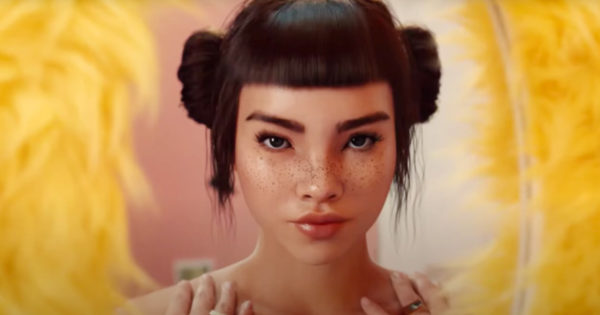How to Approach Legal Issues With CGI Influencers

Virtual influencers have IRL earning potential. Brud, the new studio behind virtual star Lil Miquela, was recently valued at $125 million. More than 80,000 people per month stream her songs, and she partnered with Samsung for its #TeamGalaxy campaign and Prada for its Fall 2018 collection. Software voicebank Hatsune Miku surpassed $120 million in revenue releasing music, merchandise, hologram concerts and open-source, sharable media.
It’s not just for brands. Xinhua, the Chinese government’s media outlet, introduced a virtual news anchor last year, saying it “can work 24 hours a day.” The World Health Organization’s Knox Frost, a virtual health and wellness influencer, garnered a big PR splash. WHO’s choice was strategic; younger generations show slow adoption for Covid-19 distancing recommendations and virtual influencers’ audiences skew younger.
There are three paths to working with digital influencers: budget for a sponsorship, signing the influencer and creating the influencer. The legal implications may inform and drive a brand’s decisions about partnership approaches.
Advertising truthfulness and endorsements
Standards of advertising truthfulness always apply. The U.S. Federal Trade Commission’s Endorsement Guides and last year’s Disclosures 101 for Social Media Influencers apply to promotional messaging featuring digital beings–to the extent they can. To start, consider what disclosures are needed under the existing FTC guidance, for example, regarding the “material connection” it has with a virtual influencer. The FTC does not require specific wording but has recommended language such as “paid ad” and hashtags #ad and #sponsored. Also, all influencers should avoid making claims advertisers cannot substantiate, and contracts with engaged influencers should hold them to it.
How can a brand ensure a virtual influencer’s message honestly reflects their experience? The FTC states that the “most important” principle of an endorsement is that it must “represent the accurate experience and opinion of the endorser.” Consider KFC’s Colonel Harland Sander, reimagined as a virtual being who raves to followers about Dr Pepper’s “ice-cold, refreshing” taste, Old Spice making him “look good and feel good,” how “there’s no better way to sleep” than on a Casper mattress and TurboTax securing him a federal tax refund. These claims seem ripe for regulatory attention. Control over messaging and disclosure is key.
Contractual issues
Consider issues around the ownership of the influencer—which is a creation—and the works featuring the influencer together with the brand or products. Copyright and other intellectual property issues have a new slant in the virtual world. If you sponsor or sign the influencer, rather than create it, the ownership or license issues for the influencer and promotional content should be addressed in the underlying contract.
Consider issues around the ownership of the influencer—which is a creation—and the works featuring the influencer together with the brand or products.
If your brand wants total control over the messaging, IP rights, etc., creating an influencer is the way to go. Fashion house Balmain created its own “virtual army” to model its clothing. Balmain created new intellectual property which now requires an enforcement strategy for protecting those IP rights. How they relate to artificial intelligence is evolving territory. But through creation, you have automatic exclusivity – something that would need to be carved out or negotiated if you sponsor or sign.
Another plus: Ownership negates the hazard of brand-damaging behavior. CGI influencers owned by others are controlled by humans who may act contrary to a brand’s ideals. The kiss between Bella Hadid and Miquela Sousa as part of a Calvin Klein commercial struck many viewers as unrealistic and offensive resulting in negative PR. Brands need to include morals clauses in contracts, covering the virtual identity and the creator (even if not publicly identified). These clauses help provide protection and recourse related to PR issues of reputation, tarnish, blurring, appropriation and authenticity.
https://www.adweek.com/digital/how-to-approach-legal-issues-with-cgi-influencers/